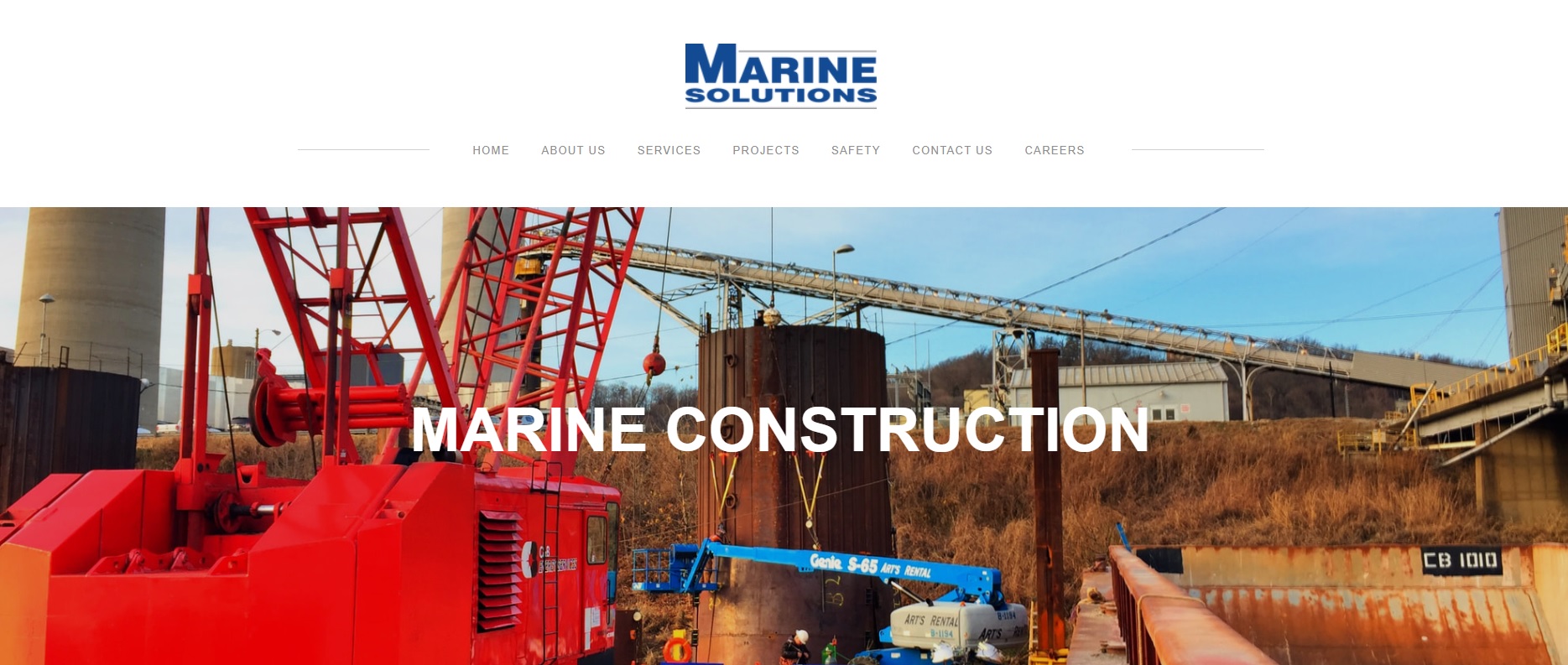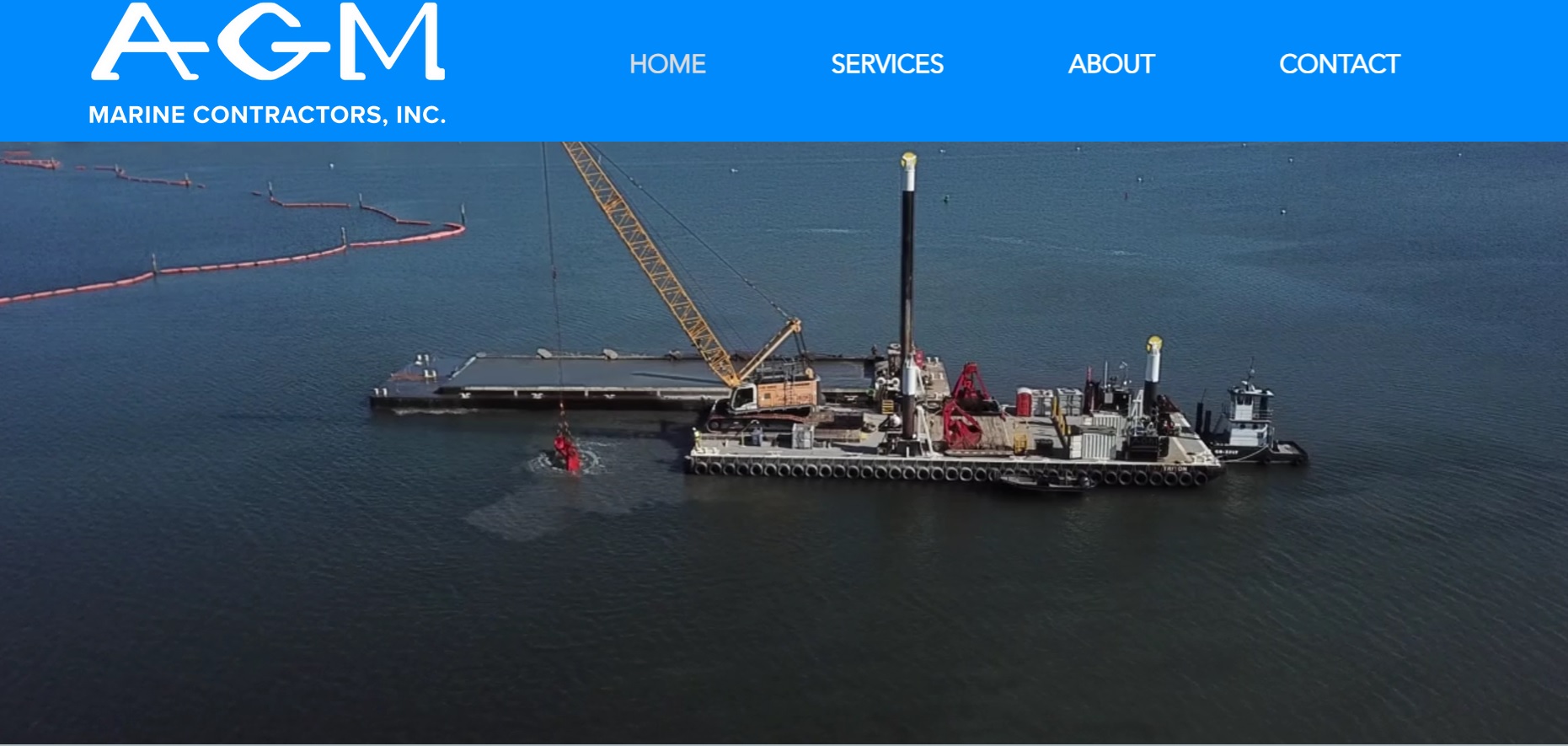In the dynamic digital landscape, having an ADA compliant website is crucial for businesses across various industries, including marine construction companies.
As a boat marketing professional, you understand the significance of a well-designed website that caters to the needs of all users, regardless of their abilities.
This article will walk you through the process of creating an ADA compliant website for marine construction companies, providing valuable insights to ensure your online presence adheres to accessibility standards.
Understanding ADA Compliance and Its Importance
ADA (Americans with Disabilities Act) compliance refers to the set of guidelines that ensure equal accessibility and usability of digital content for individuals with disabilities.
In 2022, plaintiffs increased by 12% from 2021, filing 3,225 federal court cases against inaccessible websites.
These guidelines aim to eliminate barriers and provide a seamless online experience for all users. The average settlement cost for ADA-related website accessibility lawsuits reached approximately $25,000, highlighting the financial risks associated with non-compliance.
With recent statistics revealing a significant increase in ADA-related lawsuits, it has become imperative for businesses to prioritize accessibility and avoid legal repercussions.
Key Features of an ADA Compliant Website
Creating an ADA compliant website involves implementing various accessibility features that enhance user experience. Here are some essential elements to consider:
Text Alternatives: Provide alternative text descriptions for images, audio, and video content to assist users with visual impairments in understanding the context.
Keyboard Navigation: Ensure that all website functions and features can be accessed using a keyboard alone, allowing individuals with mobility impairments to navigate easily.
Color Contrast: Maintain appropriate color contrast ratios between text and background to improve readability for users with visual impairments.
Descriptive Links: Use descriptive anchor text for hyperlinks to provide clear context and enable screen reader users to understand the purpose of the link.
Clear and Consistent Navigation: Ensure that your website has clear and consistent navigation throughout. Use descriptive labels for menu items and organize content logically and intuitively. This allows users with disabilities to easily find the information they need.
Proper Heading Structure: Utilize proper heading structure, including H1, H2, H3, and so on, to organize your content effectively. This helps screen reader users navigate through your website and understand the hierarchy of information.
Form Accessibility: Pay attention to the accessibility of your website’s forms. Provide clear instructions and labels for form fields and ensure that they can be easily navigated and completed using assistive technology.
Video Captions and Transcripts: For videos on your website, include closed captions or subtitles to make them accessible to individuals with hearing impairments. Additionally, provide transcripts of the video content to offer an alternative way of accessing the information.
Alt Text for Images: Include descriptive alternative text (alt text) for all images on your website. Alt text provides a textual description of the image, enabling individuals with visual impairments to understand its content and context.
Consistent Color Usage: While color can be an essential design element, ensure that your website doesn’t rely solely on color to convey information. Use color in conjunction with other visual cues, such as icons or text, to ensure that users with color blindness or low vision can still understand the content.
ADA Compliant Marine Construction Websites – Examples
To gain a better understanding of ADA compliance in the marine construction industry, let’s explore some noteworthy examples:
Example – Marine Solutions Group
Marine Solutions Group incorporates high color contrast, providing excellent readability for all users. Their website also includes closed captioning for videos, catering to individuals with hearing impairments.

Example – AGM Marine
AGM Marine‘s website incorporates a consistent heading structure, making it easy for screen reader users to navigate and comprehend the content. Alt text is provided for all images, enabling individuals with visual impairments to understand the visuals.

Steps to Create an ADA Compliant Marine Construction Website
Now that we’ve explored the key features of an ADA compliant website, let’s dive into more detailed steps to create an accessible online platform for marine construction companies:
Step 1: Conduct an Accessibility Audit
Begin by conducting a thorough accessibility audit of your website. This involves assessing each page, feature, and element for compliance with ADA guidelines. Consider employing the assistance of accessibility experts or using automated tools to identify any potential barriers.
Step 2: Develop an Accessibility Plan
Based on the findings from the accessibility audit, create a detailed plan to address the identified accessibility issues. Prioritize the changes that need to be made and outline the steps required to implement them.
Step 3: Design with Accessibility in Mind
When designing your website, keep accessibility at the forefront. Use clear and legible fonts, provide ample color contrast, and ensure that interactive elements are easily distinguishable. Aim for a clean and uncluttered design that facilitates easy navigation and readability.
Step 4: Implement Accessibility Features
Implement the necessary accessibility features discussed earlier, such as providing alt text for images, creating a consistent heading structure, and ensuring proper form accessibility. Incorporate these features into your website’s design and functionality.
Step 5: Test for Accessibility
Thoroughly test your website for accessibility to ensure that the implemented features are working as intended. Use assistive technologies, such as screen readers and voice recognition software, to simulate the experience of users with disabilities. Address any remaining issues or barriers that arise during testing.
Step 6: Educate and Train Your Team
Educate and train your team, including web developers, designers, and content creators, about the importance of accessibility and the techniques required to maintain compliance.
By fostering a culture of accessibility within your organization, you can ensure that future updates and additions to your website also adhere to ADA guidelines.
Step 7: Regular Maintenance and Updates
Accessibility is an ongoing process. Regularly monitor your website for any new accessibility issues that may arise due to updates or changes. Stay informed about changes in ADA guidelines and best practices and make the necessary updates to ensure ongoing compliance.
By following these steps, you can create an ADA compliant website for marine construction companies that provides an inclusive and user-friendly experience for all visitors.
Key Takeaways
Creating an ADA compliant website for marine construction companies is a critical aspect of your digital presence as a boat marketing professional.
By incorporating key accessibility features such as clear navigation, proper heading structure, descriptive links, alt text for images, and closed captioning for videos, marine construction demonstrates the importance of prioritizing accessibility.
To ensure your website meets ADA compliance standards and stands out in the marine construction industry, partner with Boat Marketing Pros.
Our team will work closely with you to create an engaging, accessible, and ADA compliant website that enhances your online visibility and drives business growth. Contact us today to get started.

Leave a Reply